Observations from 11 satellite missions monitoring the Greenland and Antarctic ice sheets have revealed that the regions are losing ice six times faster than they were in the 1990s.
The two regions have lost 6.4 trillion tons of ice in three decades; unabated, this rate of melting could cause flooding that affects hundreds of millions of people by 2100.
An aerial view of the icebergs near Kulusuk Island, off the southeastern coastline of Greenland, a region that is exhibiting an accelerated rate of ice loss.Credit: NASA Goddard Space Flight Center.
If the current melting trend continues, the regions will be on track to match the “worst-case” scenario of the Intergovernmental Panel on Climate Change (IPCC) of an extra 6.7 inches (17 centimeters) of sea level rise by 2100.
The findings, published online March 12 in the journal Nature from an international team of 89 polar scientists from 50 organizations, are the most comprehensive assessment to date of the changing ice sheets. The Ice Sheet Mass Balance Intercomparison Exercise team combined 26 surveys to calculate changes in the mass of the Greenland and Antarctic ice sheets between 1992 and 2018.
The assessment was supported by NASA and the European Space Agency. The surveys used measurements from satellites including NASA’s Ice, Cloud, and land Elevation Satellite and the joint NASA-German Aerospace Center Gravity Recovery and Climate Experiment. Andrew Shepherd at the University of Leeds in England and Erik Ivins at NASA’s Jet Propulsion Laboratory in Southern California led the study.
Pools of meltwater in southwestern Greenland’s ice sheet as observed by a NASA satellite in 2016.Credit: NASA Goddard Space Flight Center
The team calculated that the two ice sheets together lost 81 billion tons per year in the 1990s, compared with 475 billion tons of ice per year in the 2010s – a sixfold increase. All total, Greenland and Antarctica have lost 6.4 trillion tons of ice since the 1990s.
The resulting meltwater boosted global sea levels by 0.7 inches (17.8 millimeters). Together, the melting polar ice sheets are responsible for a third of all sea level rise. Of this total sea level rise, 60% resulted from Greenland’s ice loss and 40% resulted from Antarctica’s.
“Satellite observations of polar ice are essential for monitoring and predicting how climate change could affect ice losses and sea level rise,” said Ivins. “While computer simulations allow us to make projections from climate change scenarios, the satellite measurements provide prima facie, rather irrefutable, evidence.”
source JPL.NASA

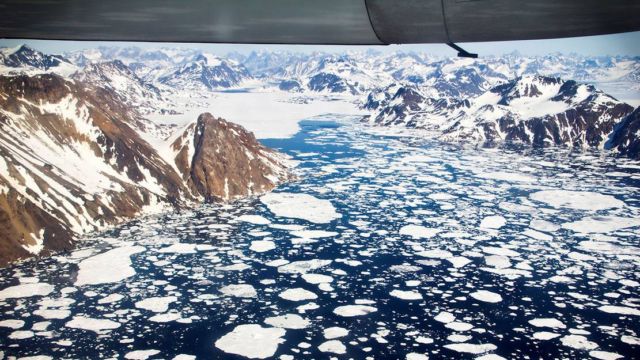
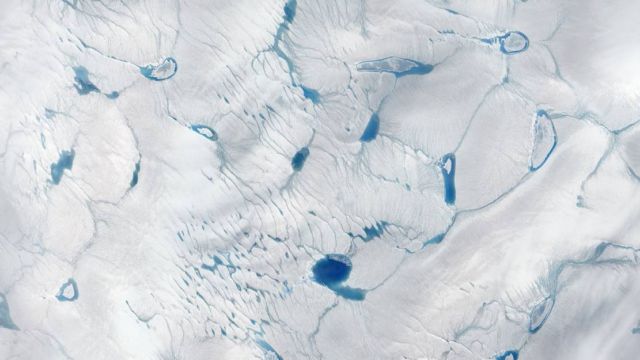

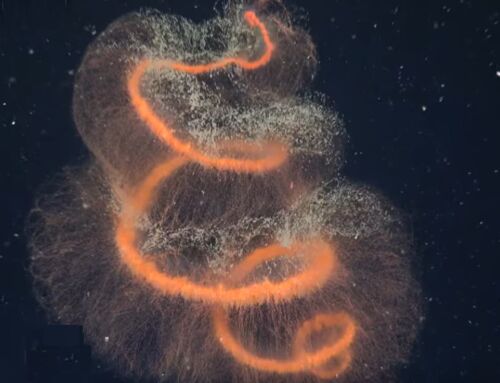
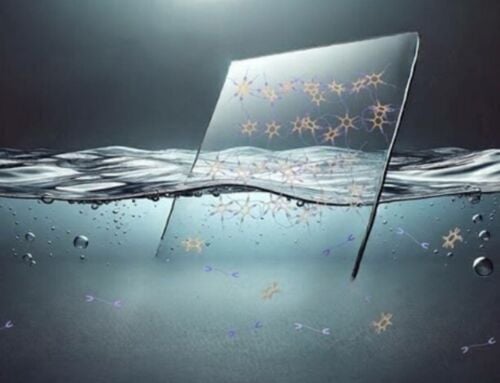
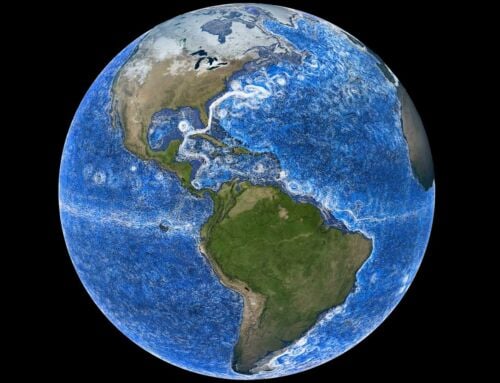
So sad that Nature is “fighting Back” in addition to the earth’s elliptical orbit and shifting of the earth’s axis other than our star (sun) getting hotter and etc in addition to continental drifts.
Humans contribution is about 70% I would say which needs to be brought down to at least 20% or more. No doubt we are entering another natural cycles as history has shown such as the ice age to the “heat” age and etc.
Let’s hope humans of the future don’t repeat these mistakes on Mars or any planet we are likely to “inhabit”. Our current space pollution is a fine example.
To be blunt to the only way to save Planet Earth is to start culling 6 billion out of 7 billion people as oppose to mindless culling of all wildlife, trees, fauna. marine life before we totally become 100% “The push button-throw-a-way-plastic spastic society”.
President Donald “Duck” Trump is a fine example to allowing the destruction of wild horses, hunting season of Raindeers, Brown Bears/Grizzly Bears, seals and much more.
When did anyone see a bee or two lately?
Dog Bless. Jan Anthonisz: Composer-The Silent Christian:
jan,[email protected]